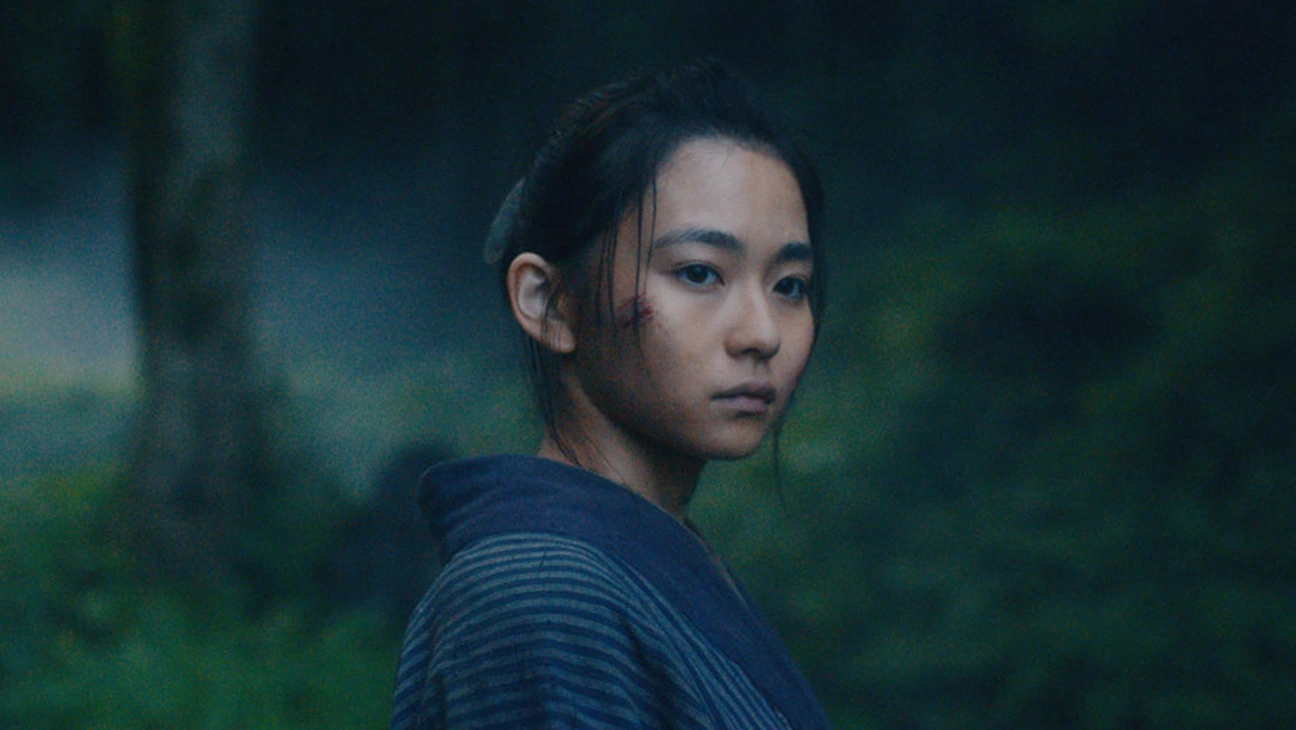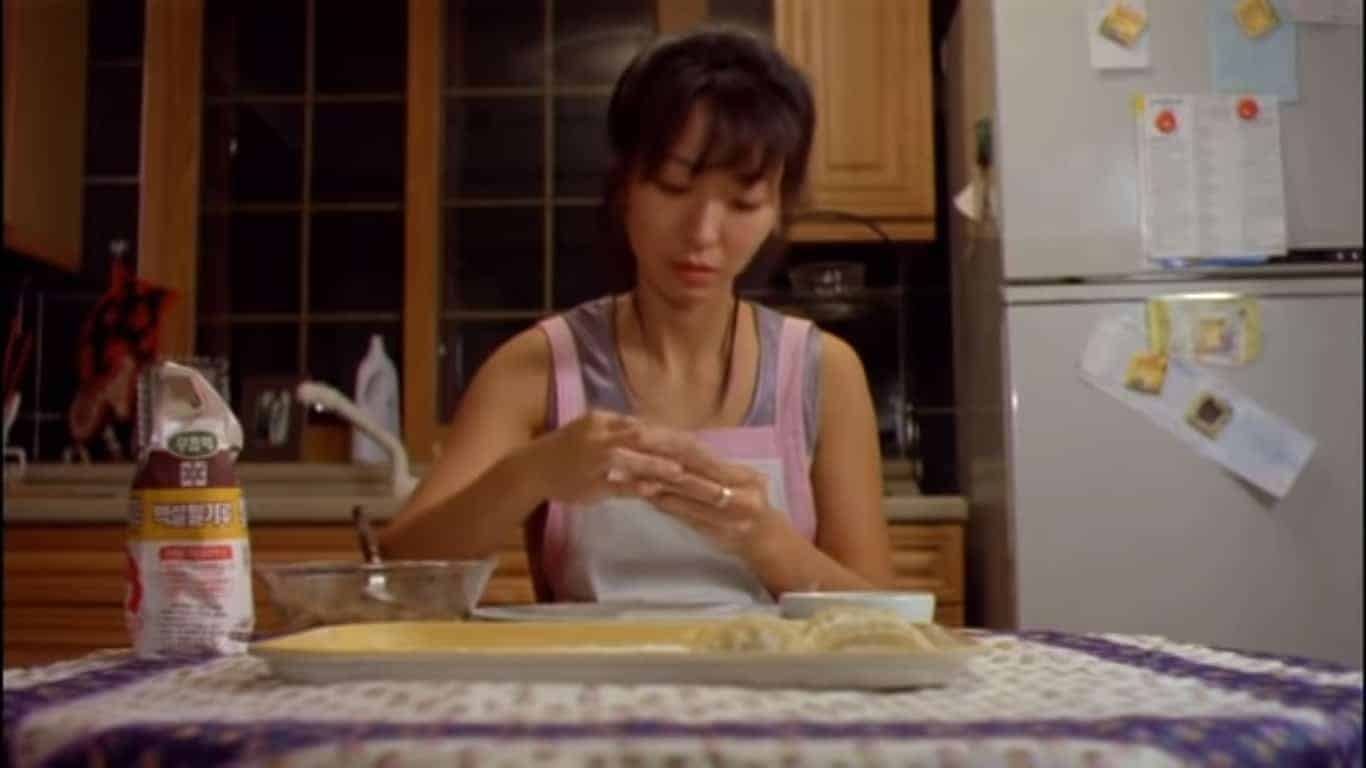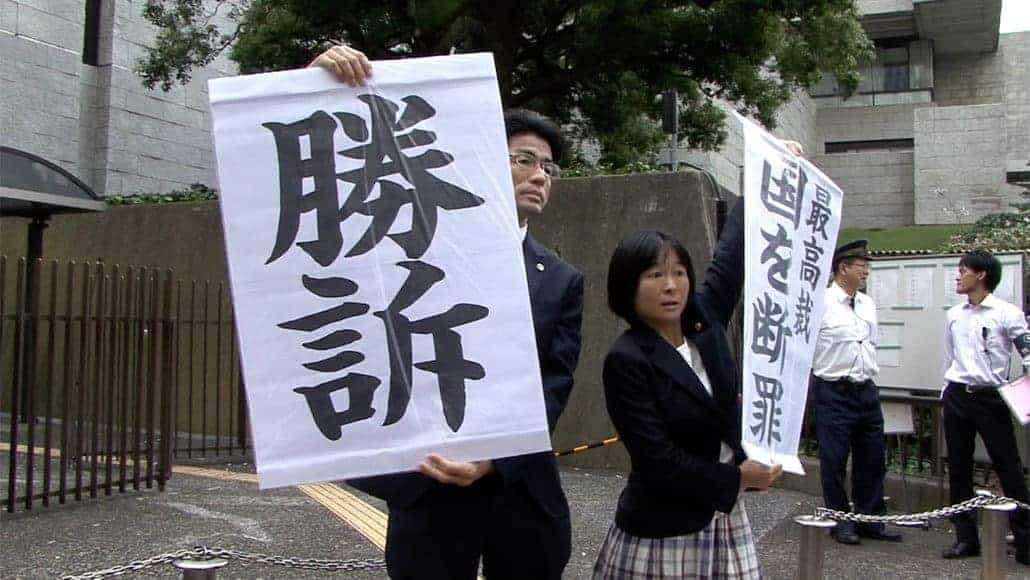by Vikram Zutshi
When Akira Kurosawa passed away in 1998, the tributes poured in endlessly. He had been a major influence on some of the most important directors in the history of cinema. It is not enough to say that Kurosawa was a legend. At the time of his demise, he was a colossus whose myth had inspired a number of artists considered legends in their own right. Roman Polanski, Werner Herzog, Andrei Tarkovsky, Bernardo Bertolucci, Francis Coppola and George Lucas have all cited Kurosawa as one of their greatest influences.
“Let me say it simply” declared Martin Scorsese, “Akira Kurosawa was my master, and … the master of so many other filmmakers over the years.” Federico Fellini called him “the greatest example of all that an author of cinema should be” and Steven Spielberg declared “I have learned more from him than from almost any other filmmaker on the face of the earth.”
Born on March 23rd, 1910 to a former samurai family in the Omochi district of Tokyo, Kurosawa's passion for foreign literature and cinema was ignited by his older brother Heigo who was a big influence in Kurosawa's life. Heigo tragically took his own life at a young age. Kurosawa initially had plans to become a painter and began working for the left-wing Proletarian Artist's League. It was a short-lived career. When PCL studios (later known as Toho) advertised for assistant directors, Kurosawa ‘s application was accepted and he was assigned to studio stalwart KajiroYamamoto, who would become his mentor.
After assisting Yamamoto for five years, Kurosawa came into his own as a director in the tumultuous post-war years, starting out with standard fare approved by the US occupation authorities, but finally established himself as an auteur with “Drunken Angel” (1949), considered his first major work. The film also marked the beginning of his long and incredibly productive collaboration with Toshiro Mifune, who would go on to play the lead role in the director's next 15 films. “Drunken Angel” is the gritty tale of a doctor who battles to save the life of a gangster with tuberculosis. It was the most acclaimed film of the year and enabled Kurosawa to spread his wings and fly.
Soon after, he made “Stray Dog”, about a detective trying to hunt down a destitute war veteran who is using his stolen gun to rob and murder. The film explores the shattered psyche of postwar Japan and uses documentary footage of Tokyo's devastated neighborhoods shot by Ishiro Honda, the man who would later go on to direct “Godzilla”. “Stray Dog” is considered the forerunner to the ever-popular police procedural and buddy cop genres and has spawned many imitations, on both television and the big screen.
The film that would fling Kurosawa into the global spotlight was “Rashomon” (1950), adapted from an experimental short story, ‘In a Grove' by Ryūnosuke Akutagawa. The script, which Kurosawa co-wrote with aspiring scribe Shinobu Hashimoto, broke away from traditional narrative structure and introduced the concept of the unreliable narrator in its multiple contradictory accounts of the murder of a Samurai and the rape of his wife – as told by the key suspects and witnesses to the crime, including one testimony conveyed by the dead Samurai himself through a medium.
The film won the Golden Lion at the Venice Film Festival, and was picked up by US distributor RKO for wide release. It turned out to be a major hit at the box office, leading to an increased demand for Japanese films in America. Satyajit Ray, upon seeing “Rashomon” for the first time in 1952 said, “I saw it three times on consecutive days, and wondered each time if there was another film anywhere which gave such sustained and dazzling proof of a director's command over every aspect of film making.”
Renowned directors like Kenji Mizoguchi and Yasujiro Ozu, hitherto unknown outside of Japan, began to win festival prizes and commercial release in the west. Due to Kurosawa's popularity, later generations of Japanese directors like Kon Ichikawa, Masaki Kobayashi, Shohei Imamura, Nagisa Oshima, Takeshi Kitano and Takashi Miike, would also find it easier gaining acceptance with western audiences.
After the unprecedented success of “Rashomon”, Kurosawa got to work on his next project “Ikiru” (1952), about an ordinary bureaucrat who upon learning he has stomach cancer, devotes himself to building a children's playground in a disease-infested shanty town. In a heartbreaking performance, Takashi Shimura plays the role of a man who seeks meaning in his life as the end draws near. Shimura was a Kurosawa regular, appearing in 21 of his films including “Seven Samurai”, “Rashomon”, “Yojimbo” and “Stray Dog”.
The screenwriters of “Ikiru”, Hideo Oguni and Shinobu Hashimoto, took a satirical approach to the bleak subject matter, mocking both the Japanese bureaucracy and the US occupation of Japan. The film opened to rave reviews and was a huge box office success, further cementing the director's growing reputation. “Ikiru” is widely considered as a bonafide masterpiece and one of Kurosawa's most personal films.
For his next project, Kurosawa took his two Ikiru screenwriters to a secluded inn to create the screenplay for “Seven Samurai”, an epic tale set in the late-16th century, about a poor farming village that hires a group of drifting samurai to protect it against an impending attack by bandits. Shooting took almost a year to complete, and the film opened in 1954, three times over budget, with a screen time of three and a half hours. It contained all of Kurosawa's signature flourishes: outdoor shooting in rugged landscapes with moody, often inclement weather to reflect the inner world of the characters; a high level of period detailing with superb set, costume and weapon design; and stunningly recreated equestrian battle sequences using multiple-camera setups.
The film became a big hit in Japan, was eventually released overseas to massive acclaim (after substantial cuts to it's runtime), and is now considered as one of the greatest films of all time. The story was transplanted into the old American west and remade as “The Magnificent Seven” by John Sturges (1960), boasting an all-star cast of Yul Brynner, Eli Wallach, Horst Buchholz, James Coburn, Brad Dexter, Steve McQueen, Robert Vaughn, and Charles Bronson. The American remake went on to be a cultural phenomenon in its own right.
Kurosawa's next major film, “Throne of Blood” (1957), was a traditional adaptation of Shakespeare's Macbeth, and like “Seven Samurai:, was set in the Sengoku era of 16th century Japan. The characterizations, staging and production design drew heavily upon Noh, the traditional theater of Japan. Although the film does not contain a single line from the original, it is considered the finest adaptation of the celebrated play, which tells the story of a warrior who is goaded on to assassinate his monarch by his power-hungry wife.
Another adaptation from the literary canon followed almost immediately. The “Lower Depths”, based on a play by iconic Russian author Maxim Gorky was filmed on an enclosed set, to emphasize the confined nature of the characters' lives; a motley group of drunks and reprobates engaged in internecine conflicts with each other and the landlord's family. The film is considered an artistic triumph, unlike his earlier Russian adaptation, “The Idiot: (Dostoevsky), and one of the director's most underrated films.

The period samurai adventure, “The Hidden Fortress” (1958), was another example in the merging of Japanese and Hollywood sensibilities. It is the story of a small group of loyalists helping transport a princess to safety through enemy lines so she can win back her land. The film is the acknowledged source for George Lucas's 1977 science fiction opus, “Star Wars: The Last Hope”. “The Hidden Fortress” was a huge box office success and was applauded by critics in Japan and abroad.
Kurosawa's next period drama, “Yojimbo” (1961), a darkly comic samurai-western, about a master-less Samurai, played by Toshiro Mifune, who drifts into a desolate town overrun by rival criminal gangs, proved to be his most successful to date. Influenced by generic Hollywood depictions of the American west, down to its music and atmosphere, the film in turn inspired “A Fistful of Dollars”, an unauthorized remake by Sergio Leone. Toho, the Japanese studio backing Kurosawa, filed a lawsuit on his behalf and prevailed in court. Following the success of “Yojimbo”, Kurosawa was pressured by the studio into making a comic sequel, “Sanjuro”, about an internecine Samurai power struggle, which turned out to be an even bigger hit than the original.
Kurosawa based his 1963 crime film “High and Low” on the American author Ed McBain's novel “King's Ransom”. Considered by some critics to be his strongest urban drama, “High and Low” focuses on Gondo, a powerhouse executive in the Japanese shoe industry hit by a huge ransom demand, with a twist — the kidnapper takes, not his own son, but his chauffeur's. It was the third consecutive film to break Kurosawa's previous box office records, and won him many accolades.
Kurosawa's next project, “Red Beard”, a humanist drama set in a mid-nineteenth century clinic for impoverished patients, marked the end of his long collaboration with Toshiro Mifune. It remains one of the director's best-loved works in his native country. The film also marked the end of his contract with Toho studios and the midway point in his career.
He spent many of the following years mired in the 20th Century Fox debacle, “Tora, Tora, Tora!” about the Japanese attack on Pearl harbor. It turned out to be an unviable relationship and the studio terminated his contract for reasons not fully known.
To prove he was still viable as a director, Kurosawa enlisted the help of famed Japanese directors Keisuke Kinoshita, Kon Ichikawa and Masaki Kobayashi, to put together “Dodesukaden:, his third film (after Sanjuro and Red Beard) to be adapted from the works of author Shigeru Yamamoto. The film failed to make an impression on critics or audiences and died a natural death at the box office. It was the straw that almost broke the camel's back. On December 22, 1971, he slit his wrists and throat multiple times. The attempt to take his own life proved unsuccessful and Kurosawa resigned himself to domestic life, not knowing if he would ever direct another film again.
In early 1973, he got a new lease of life when Soviet studio MosFilm invited him to make a film in the USSR. Kurosawa revived a long dormant project, based on the memoir by Russian army engineer Vladimir Arsenyev about his friendship with a nomadic hunter, Derzu Uzala (which is also the title of the film), of the remote Nanai tribe, who twice saved Arsenyev's life while acting as a guide to his surveying expedition in remote eastern Siberia.
The visually stunning film was shot on location over a period of nine months, and portrays the relationship between an urban city-dweller and a wise old man of the Tundra in close touch with his natural surroundings. The wise old Asian was the inspiration for the character of Yoda in Star Wars. The film opened in August 1975 and won the Academy Award for Best Foreign Language Film.
As fate would have it, George Lucas was the driving force behind Kurosawa's next project, “Kagemusha”, about a peasant thief who is called upon to impersonate a warlord upon the latter's untimely demise. Lucas stepped in at a low point in Kurosawa's career, when it was virtually impossible for the director to secure financing for his films. He coaxed 20th Century Fox, the same studio that had fired Kurosawa ten years earlier, to produce the film and roped in Francis Ford Coppola, another Kurosawa fan, as co-producer. The film opened in 1980 and quickly became a massive hit in Japan. A little later it went on to win the Palme d'Or at Cannes.
Despite the success of “Kagemusha” , it took five long years for Kurosawa to launch his next film, “Ran”, starring Tatsuya Nakadai. The script, derived from Shakespeare's “King Lear”, tells the story of a cruel Daimyo (warlord) who is betrayed by his two sons, thereby plunging the kingdom into bloody chaos. The film was unable to secure funding in Japan but eventually found a supporter in French producer Serge Silberman who had backed a number of renowned European directors including Luis Bunuel. Production was halted midway when Kurosawa's wife Yoko passed away. The film was eventually made and released on 31st May 1985 to major accolades. It is often counted as one of the director's most accomplished works.
Among the many standout scenes is the one in which defeated daimyo Hidetora wanders in a state of disorientation through the doomsday spectacle of his beleaguered castle. Each moment in the film is so perfectly composed and every scene so meticulously constructed so as to provide the kind of transcendent moments of cinematic ecstasy all but lost in the digital age.
Kurosawa turned to another of his famous fans, Steven Spielberg, for “Dreams”, a magical-realist fable divided into eight separate vignettes. It was based on recurrent dreams that Kurosawa claimed to have experienced over the years. The film was screened at the 1990 Cannes film festival, and the same year the director was awarded the Lifetime Achievement award at the Academy Awards.
Kurosawa's last two films, “Rhapsody in August” and “Madadayo” both arrived with a whimper, the former about the effects of the Nagasaki bombing on three generations of a post-war Japanese family and the latter about an aging Japanese professor who is not ready to quit his lifelong vocation.
A few years later, Kurosawa slipped and broke his spine while putting the finishing touches on a new script. The accident relegated him to a wheelchair for the rest of his life, and on September 6, 1998, he died of a stroke at the age of 88. By the end of his incredible career, the maestro had produced a body of work that would establish him as one of the most influential as well as revered directors in cinema history. He was heavily involved in nearly ever aspect of his films' production process, from co-writing scripts to editing (many considered him one of the finest editors of his era).
“For me, filmmaking combines everything. That's the reason I've made cinema my life's work” he said in Something Like an Autobiography. “In films, painting and literature, theatre and music come together. But a film is still a film.” Indeed. And Kurosawa will always remain in a class of his own.


















